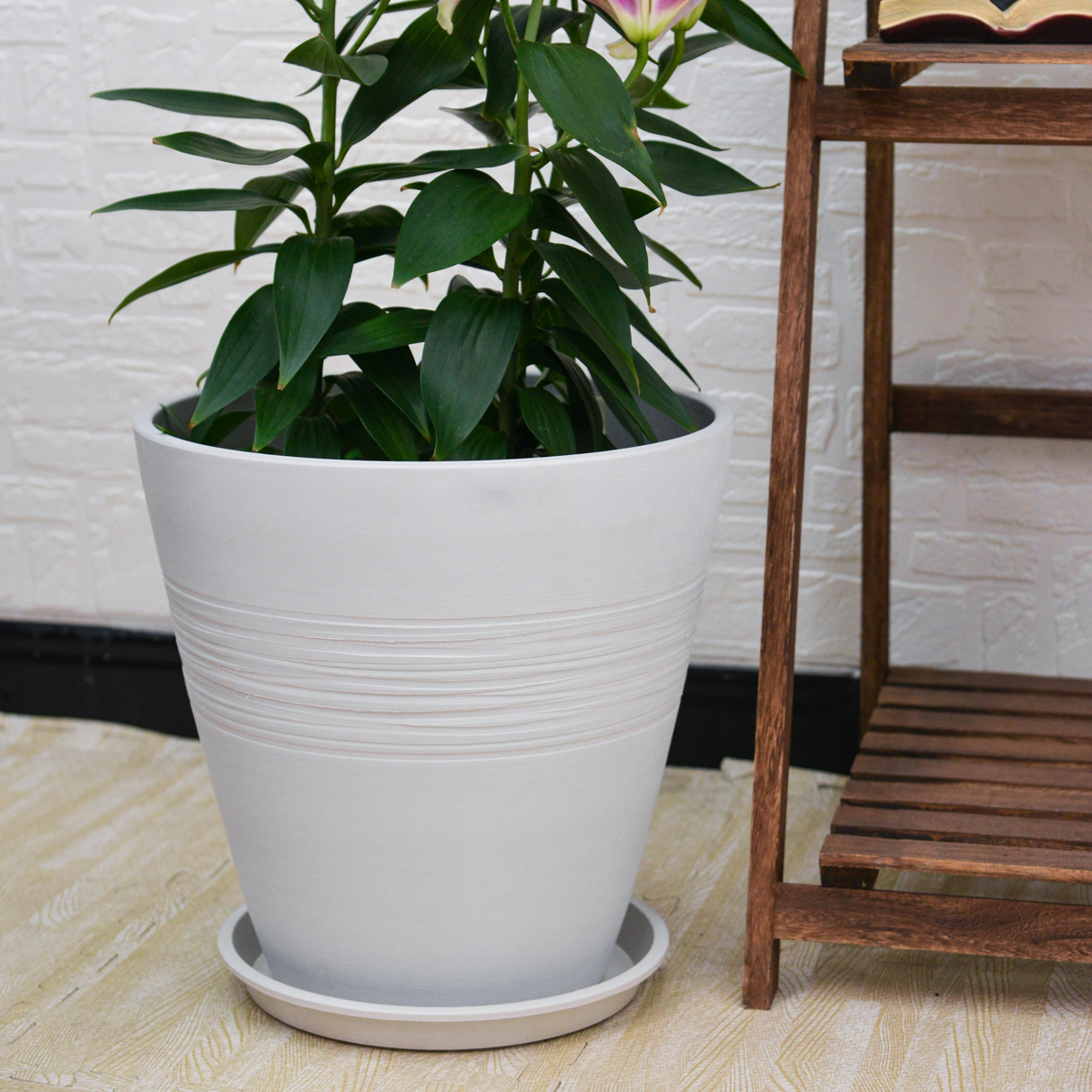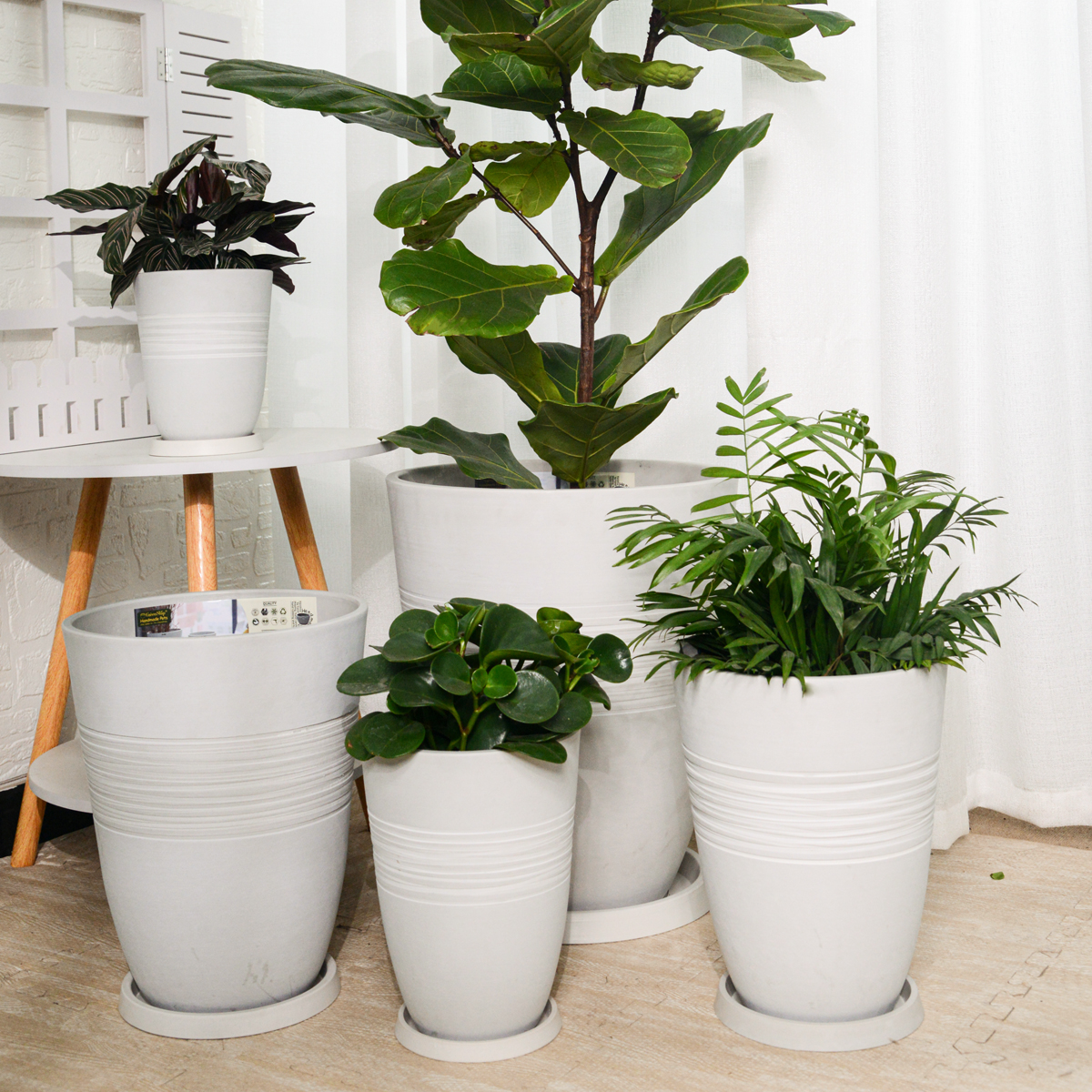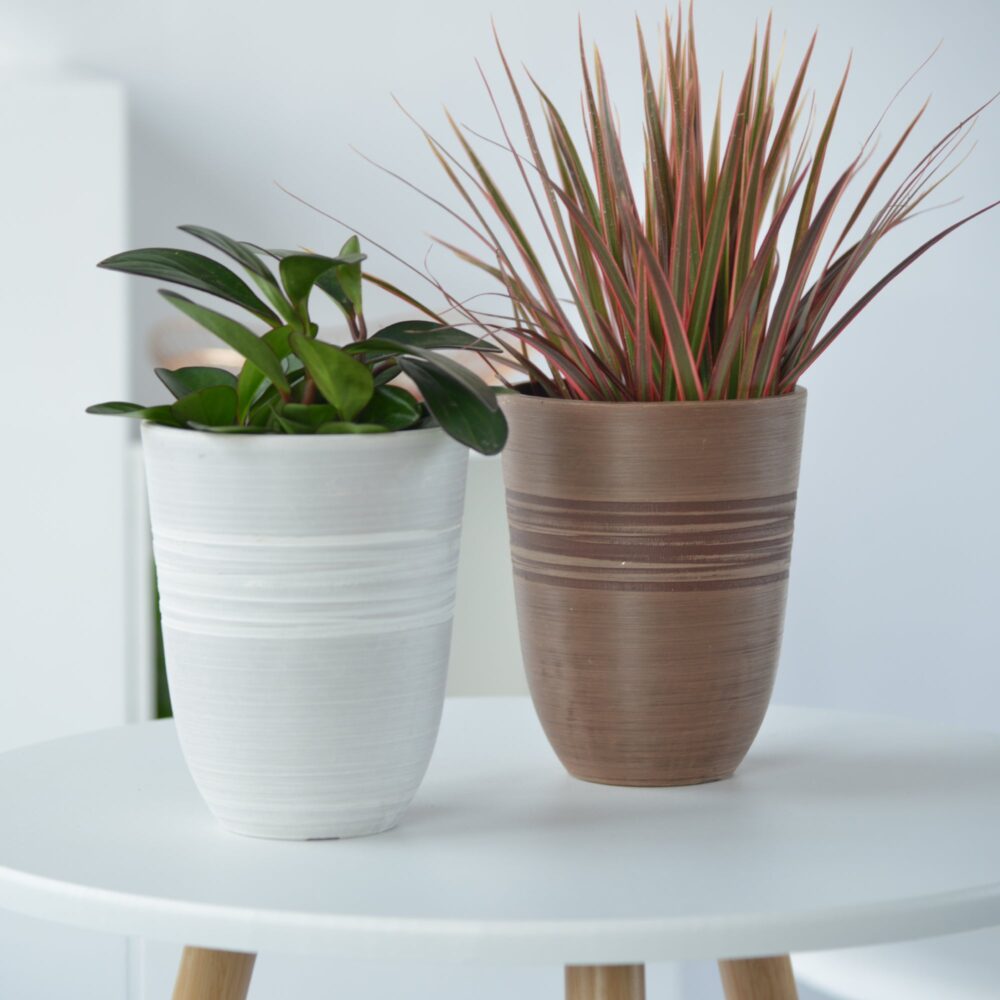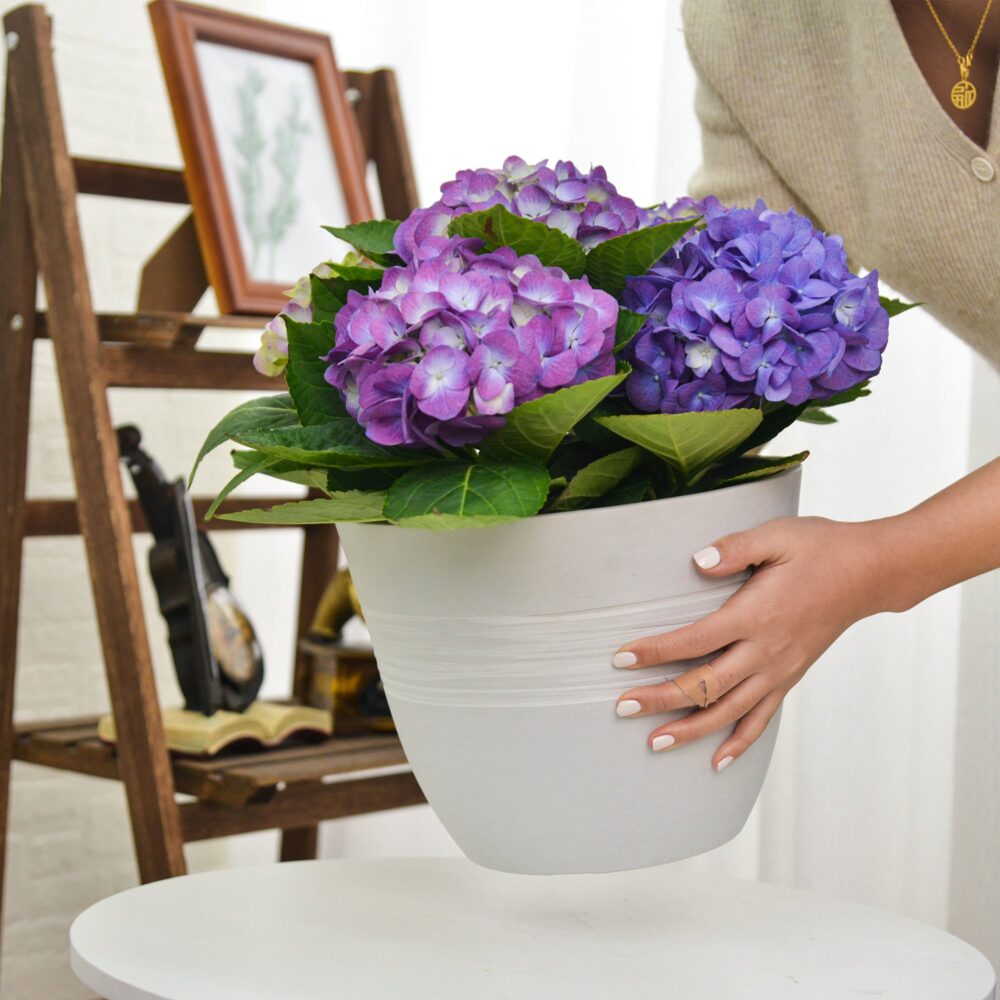Fiddle Leaf Fig Indoors: The Ultimate Guide to Growing a Stunning Houseplant at Home
Looking to add a touch of modern elegance and dramatic foliage to your indoor space? The Fiddle Leaf Fig, scientifically known as Ficus lyrata, is a striking houseplant prized for its large, violin-shaped leaves and upright growth habit. This popular and statement-making plant, belonging to the Moraceae family and native to West Africa, can become a focal point in any room. This comprehensive guide will provide you with everything you need to know to grow a Fiddle Leaf Fig indoors, from selecting the right plant and pot to mastering essential care techniques for a healthy and impressive indoor tree.
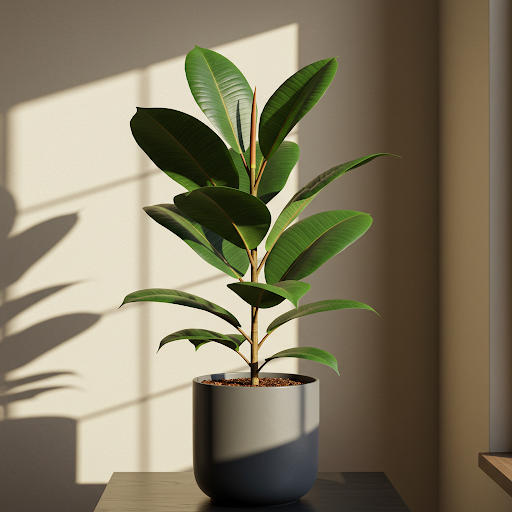
Fiddle Leaf Fig
Can Fiddle Leaf Figs Thrive Indoors?
Yes, Fiddle Leaf Figs can thrive indoors and become magnificent houseplants, although they are known to be a bit more demanding than some other beginner-friendly options. With the right understanding of their needs and consistent care, you can successfully cultivate a healthy and beautiful Fiddle Leaf Fig in your home. Providing the right light, watering, and humidity are key to indoor success.
Ideal Indoor Growing Conditions for Fiddle Leaf Figs:
- Light: Fiddle Leaf Figs need bright, indirect light to thrive indoors. They need a location that receives at least 6 hours of bright, indirect sunlight per day. East-facing windows are often ideal, providing gentle morning sun. South or west-facing windows can work, but you’ll need to diffuse the intense afternoon sun with sheer curtains to prevent leaf scorch. Insufficient light is a common problem and can lead to slow growth, leaf drop, and leggy plants.
- Soil: Fiddle Leaf Figs need well-draining, fertile soil that retains some moisture. Use a high-quality potting mixthat is formulated for indoor trees or a general-purpose potting mix amended with perlite, vermiculite, and compost to improve drainage, aeration, and nutrient content.
- Watering: Fiddle Leaf Figs prefer consistent moisture but are sensitive to overwatering. Allow the top inch or two of soil to dry out slightly between waterings. Water thoroughly when the topsoil is dry, until water drains out of the drainage holes. Avoid letting the plant sit in standing water, which can lead to root rot. Watering frequency will vary depending on the season, light levels, temperature, and pot size. Check the soil moisture regularly with your finger. Reduce watering in the winter months when growth slows down.
- Temperature: Average room temperatures between 65°F to 75°F (18°C to 24°C) are ideal. Fiddle Leaf Figs are comfortable in typical household temperatures. Avoid exposing them to temperatures below 55°F (13°C) or sudden temperature fluctuations and cold drafts.
- Humidity: Fiddle Leaf Figs prefer higher humidity than typical dry indoor air, especially during winter heating. Aim for humidity levels of 50% or higher. Increase humidity by:
- Misting: Mist the leaves regularly with room temperature water, especially in the mornings.
- Humidifier: Use a room humidifier, especially during dry seasons.
- Pebble Tray: Place the pot on a tray filled with pebbles and water (water level below the pot base).
- Grouping Plants: Grouping plants together can create a more humid microclimate.
- Bathroom (if bright light available): A well-lit bathroom can provide naturally higher humidity.
Planting Your Fiddle Leaf Fig Indoors:
- Starting from Potted Plants: The most common way to start growing a Fiddle Leaf Fig indoors is to purchase an established potted plant from nurseries, garden centers, or online retailers. Choose a healthy-looking plant with vibrant green leaves and no signs of pests or diseases.
- Repotting: When you bring a new Fiddle Leaf Fig home, or when it outgrows its current pot, repotting may be necessary. Repotting is typically done every 1-2 years, or when roots are circling the pot or growing out of the drainage holes. Repot in spring or early summer, at the start of the growing season.
Choosing the Right Pots for Indoor Fiddle Leaf Figs:
- Suitable Pot Types: Select sturdy, well-draining pots that can accommodate the eventual size of the Fiddle Leaf Fig and provide stability as it grows taller. Terracotta, ceramic, or concrete pots are all suitable. Terracotta pots can be beneficial as they help with drainage and aeration. Heavy pots are important to prevent the plant from becoming top-heavy and tipping over.
- Drainage: Excellent drainage is essential for Fiddle Leaf Figs to prevent root rot. Ensure your chosen pot has large drainage holes at the bottom. You can also add a layer of gravel or pot shards at the base of the pot to improve drainage further.
- Pot Size: Choose a pot that is appropriately sized for the current size of the plant and allows for some growth. When repotting, typically move up only 1-2 inches in pot diameter. Overpotting (using too large a pot) can lead to excess moisture retention and root problems. For smaller plants, start with a pot that is 8-12 inches in diameter. Mature indoor Fiddle Leaf Figs may eventually need pots that are 14-20 inches or larger in diameter.
- Potting Mix: Use a well-draining, fertile potting mix as described earlier.
Essential Care Tips for a Happy Indoor Fiddle Leaf Fig:
- Watering Schedule: “Slightly Dry, Then Water Thoroughly”. Allow the top inch or two of soil to dry out slightly between waterings. Check soil moisture regularly. Water thoroughly when needed, ensuring good drainage. Avoid overwatering and soggy soil.
- Fertilizing for Lush Growth: Fiddle Leaf Figs benefit from regular fertilization during the growing season (spring and summer). Fertilize every 4-6 weeks with a balanced liquid fertilizer diluted to half strength, or a fertilizer specifically formulated for ficus or leafy green plants. Follow package instructions. Reduce or stop fertilizing during the fall and winter dormant period.
- Light Management is Crucial: Provide bright, indirect light. Monitor leaf appearance. Scorched leaves indicate too much direct sun. Pale or small leaves can indicate insufficient light. Adjust placement as needed. Rotate the pot occasionally for even growth.
- Humidity Boost: Maintain higher humidity levels, especially during dry indoor conditions. Use misting, humidifiers, or pebble trays as described earlier.
- Dusting Leaves Regularly: The large leaves of Fiddle Leaf Figs can collect dust, hindering photosynthesis and diminishing their appearance. Dust the leaves regularly with a damp cloth or sponge to keep them clean and glossy.
- Pruning for Shape and Size (Optional): Pruning is not always necessary but can be done to shape the plant, control its height, or encourage branching. Prune in late winter or early spring, before the active growing season begins. You can prune back the top leader stem to limit height and encourage branching.
- Staking or Support (Optional):1 As Fiddle Leaf Figs grow taller, they may benefit from staking or support to keep them upright, especially if they become top-heavy. A bamboo stake or moss pole can be used.
- Repotting Schedule: Repot every 1-2 years for younger plants, and less frequently (every 2-3 years or as needed) for mature plants.
- Sensitive to Moving and Changes: Fiddle Leaf Figs are known to be sensitive to changes in their environment. Avoid frequently moving your plant or drastically changing its conditions (light, temperature, humidity). Sudden changes can lead to leaf drop.
Common Issues with Indoor Fiddle Leaf Figs:
- Leaf Drop: Can be caused by various factors, including:
- Overwatering or Underwatering: Improper watering is the most common cause.
- Insufficient Light: Not enough bright, indirect light.
- Sudden Changes in Environment: Moving the plant, temperature fluctuations, drafts.
- Low Humidity: Dry air.
- Pest Infestations or Diseases: Less common, but can contribute.
- Brown Spots or Leaf Scorch: Usually caused by direct, intense sunlight.
- Root Rot: Caused by overwatering and soggy soil.
- Pests: Spider mites, mealybugs, scale can occasionally affect Fiddle Leaf Figs.
Popular Fiddle Leaf Fig Forms and Cultivars:
- Ficus lyrata (Standard Fiddle Leaf Fig Tree): The classic upright tree form.
- Ficus lyrata ‘Bambino’ (Dwarf Fiddle Leaf Fig): Smaller, more compact variety, slower growing, better suited for smaller spaces.
- Ficus lyrata ‘Little Fiddle’ (Dwarf Fiddle Leaf Fig): Another dwarf variety, very compact.
- Ficus lyrata ‘Variegata’ (Variegated Fiddle Leaf Fig): Leaves with creamy white variegation.
- Fiddle Leaf Fig Bush Form: Multi-stemmed, bushier form, often created by pruning.

Fiddle Leaf Fig
In Summary:
Growing a Fiddle Leaf Fig indoors can bring a touch of sophisticated greenery and architectural interest to your home. While they require consistent care and attention to their specific needs, especially regarding light, watering, and humidity, the reward is a stunning and impressive houseplant that can thrive for many years. By providing bright, indirect light, well-draining soil, proper watering techniques, and maintaining adequate humidity, you can successfully cultivate a healthy and magnificent Fiddle Leaf Fig indoors and enjoy its dramatic beauty in your living space.
For more detailed botanical information and to explore the characteristics of this popular plant, you can visit the Wikipedia page on Ficus lyrata.
Important Note: Fiddle Leaf Figs are considered mildly toxic if ingested and their sap can be irritating to skin and eyes. Keep them out of reach of children and pets who may be tempted to chew on the leaves, and wear gloves when pruning or handling them if you have sensitive skin.
KC2-GS
By greenship|2024-08-16T06:30:21+00:00August 16, 2024|Categories: Hand-carving Series|
KC2-11VH
By greenship|2024-08-16T06:19:28+00:00August 16, 2024|Categories: Hand-carving Series|
11V
By greenship|2024-08-13T03:05:48+00:00August 13, 2024|Categories: Hand-carving Series|
Plant Pots 6 inch 8 inch 10 inch for Indoor Plants, Set of 3 Modern Decorative Planter ts with Drainage Hole, Decorative Flower Pots
By greenship-seo|2025-04-10T06:39:28+00:00January 14, 2025|Categories: Hand-carving Series|Tags: Decorative Flower Pots|
20VD
By greenship|2024-08-13T06:43:41+00:00August 13, 2024|Categories: Hand-carving Series|
Planter for Indoor Outdoor Plants, Set of 2 Modern Decorative Plant Pots with Drainage Hole, Decorative Flower Pots
By greenship-seo|2025-01-14T12:26:44+00:00January 14, 2025|Categories: Hand-carving Series|Tags: Decorative Flower Pots|

